Last Friday I posted Audubon’s origin story. Now I want to write about one of the many programs that Audubon runs today. This a story about diamondback terrapins. These critters too were hunted and killed at the turn of the 20th century but not because they were pretty but because they tasted good. Terrapin soup was the haute cuisine for the upper crust. This food fad lasted until prohibition when chefs couldn’t buy sherry, a necessary ingredient for their soup.
But the turtles’ troubles were far from over. These terrapins live in a very narrow strip of coastal habitats from Cape Code to the Florida Keys and around the Gulf of Mexico to Texas. This is of course where people built zillions of seaside homes. When the female terrapins come out of the water to lay their eggs each summer, they often have to cross busy roadways. Many don’t make it. For those eggs that are successfully laid, another threat appears in the form of raccoons and foxes and other animals that like to dig them up for dinner. It became obvious that, if this species was to survive, intervention was needed.
Audubon Societies and others (such as the Wetlands Institute in Stone Harbor, NJ) started programs dedicated to saving the diamondback terrapin. I had a fantastic experience at Mass Audubon’s Wellfleet Bay Wildlife Sanctuary. The highlight of the program was going to see and hold newborn terrapins. Volunteers patrol the protected nesting areas each day in August and September. The nests were covered with metal mesh to keep predators out but it also keeps the babies in where they would soon die in the hot sun. When the volunteers see signs of baby turtles emerging from the nests, they alert the Audubon folks. That’s where my fellow nature school folks and I came in. We were given the honor of gently digging into the soft sand and lifting out baby terrapins. These little guys and gals are about the size of a quarter. There were usually at least 10 turtles per nest, and I saw 85 babies over the two days I was there. After counting them and checking them out, we were each given a turtle or two to release into the bracken near the shore. There they will live for a few years until their shells are hard enough for them to survive in the nearby brackish water and not be eaten like potato chips by voracious gulls.
We even got to use nets to catch some adult terrapins in the shallow wetlands for the scientists to install microchips in their legs for later identification. The more they know about terrapins, the better they can help them. We got to release these adult terrapins too which was yet another thrill for me.
Take a look at these pictures and you will see what amazing little creatures they are.
But the turtles’ troubles were far from over. These terrapins live in a very narrow strip of coastal habitats from Cape Code to the Florida Keys and around the Gulf of Mexico to Texas. This is of course where people built zillions of seaside homes. When the female terrapins come out of the water to lay their eggs each summer, they often have to cross busy roadways. Many don’t make it. For those eggs that are successfully laid, another threat appears in the form of raccoons and foxes and other animals that like to dig them up for dinner. It became obvious that, if this species was to survive, intervention was needed.
Audubon Societies and others (such as the Wetlands Institute in Stone Harbor, NJ) started programs dedicated to saving the diamondback terrapin. I had a fantastic experience at Mass Audubon’s Wellfleet Bay Wildlife Sanctuary. The highlight of the program was going to see and hold newborn terrapins. Volunteers patrol the protected nesting areas each day in August and September. The nests were covered with metal mesh to keep predators out but it also keeps the babies in where they would soon die in the hot sun. When the volunteers see signs of baby turtles emerging from the nests, they alert the Audubon folks. That’s where my fellow nature school folks and I came in. We were given the honor of gently digging into the soft sand and lifting out baby terrapins. These little guys and gals are about the size of a quarter. There were usually at least 10 turtles per nest, and I saw 85 babies over the two days I was there. After counting them and checking them out, we were each given a turtle or two to release into the bracken near the shore. There they will live for a few years until their shells are hard enough for them to survive in the nearby brackish water and not be eaten like potato chips by voracious gulls.
We even got to use nets to catch some adult terrapins in the shallow wetlands for the scientists to install microchips in their legs for later identification. The more they know about terrapins, the better they can help them. We got to release these adult terrapins too which was yet another thrill for me.
Take a look at these pictures and you will see what amazing little creatures they are.

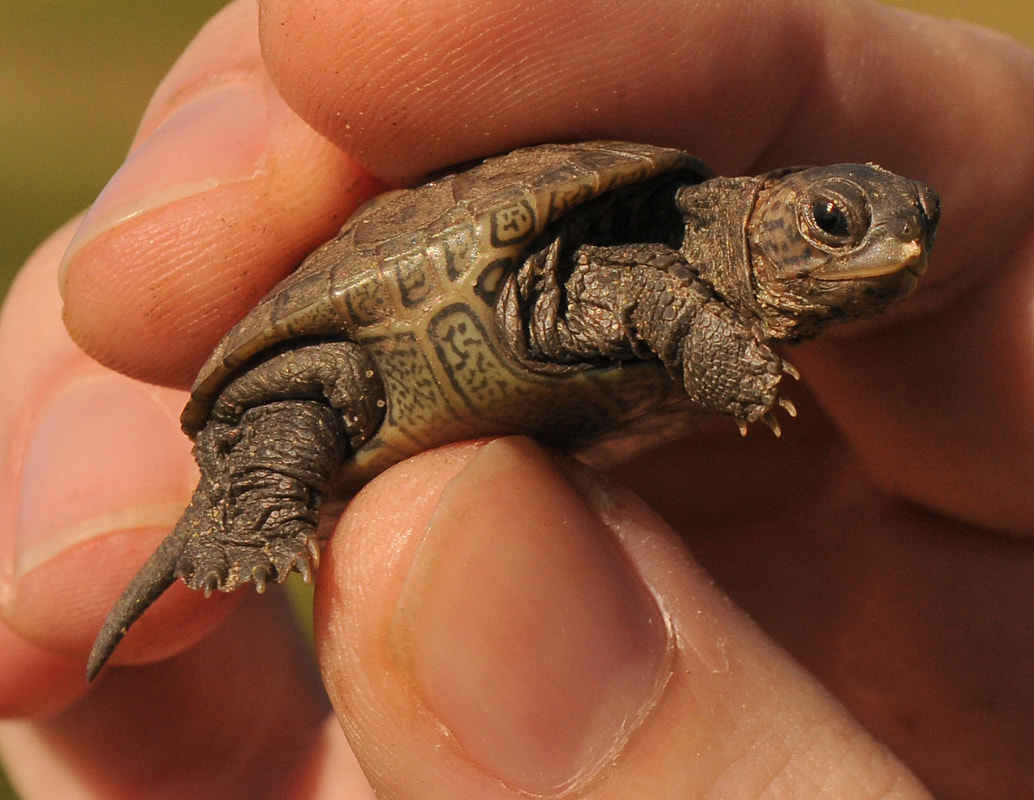
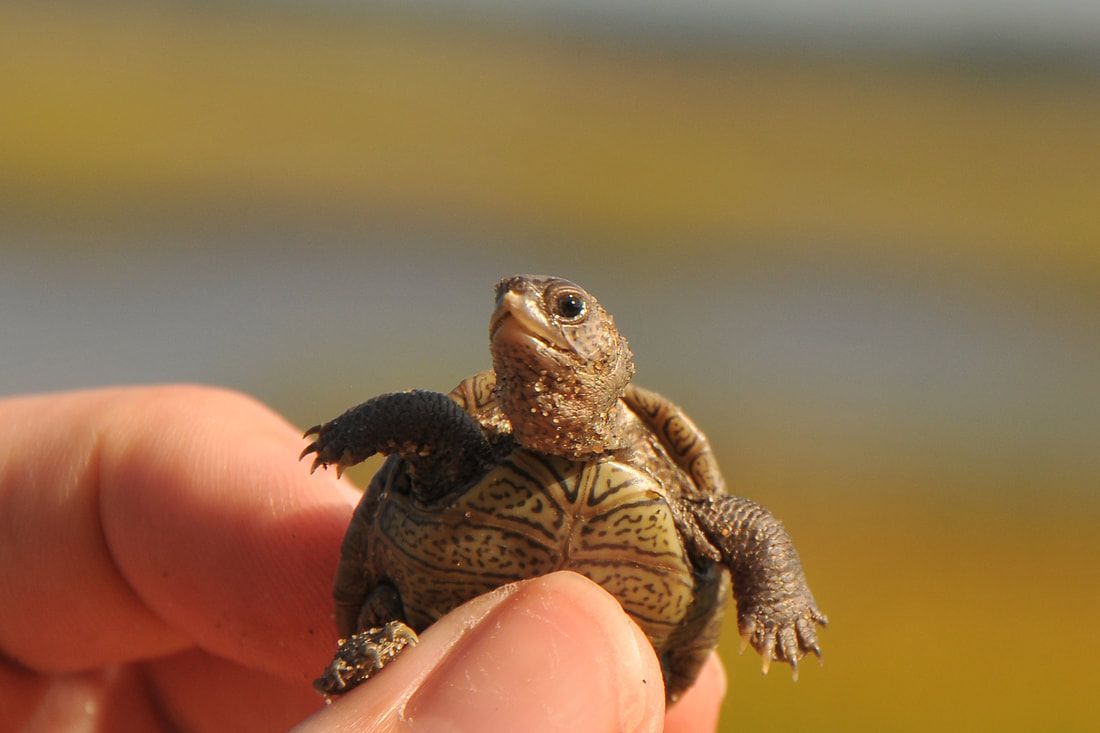
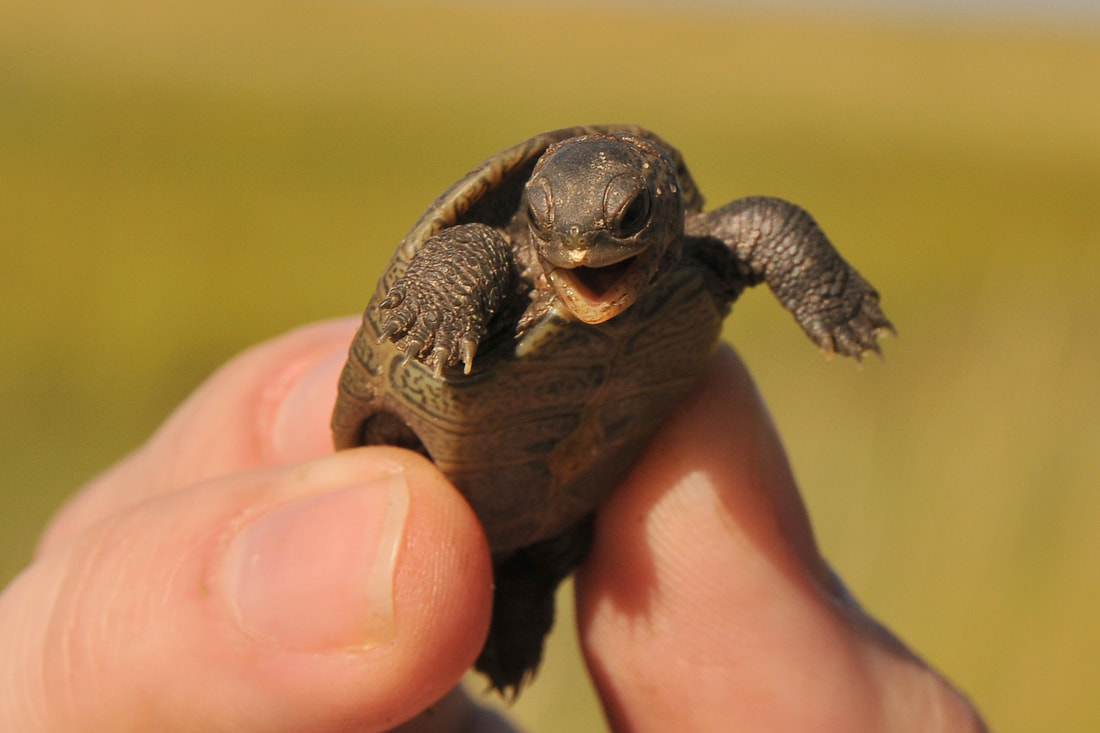
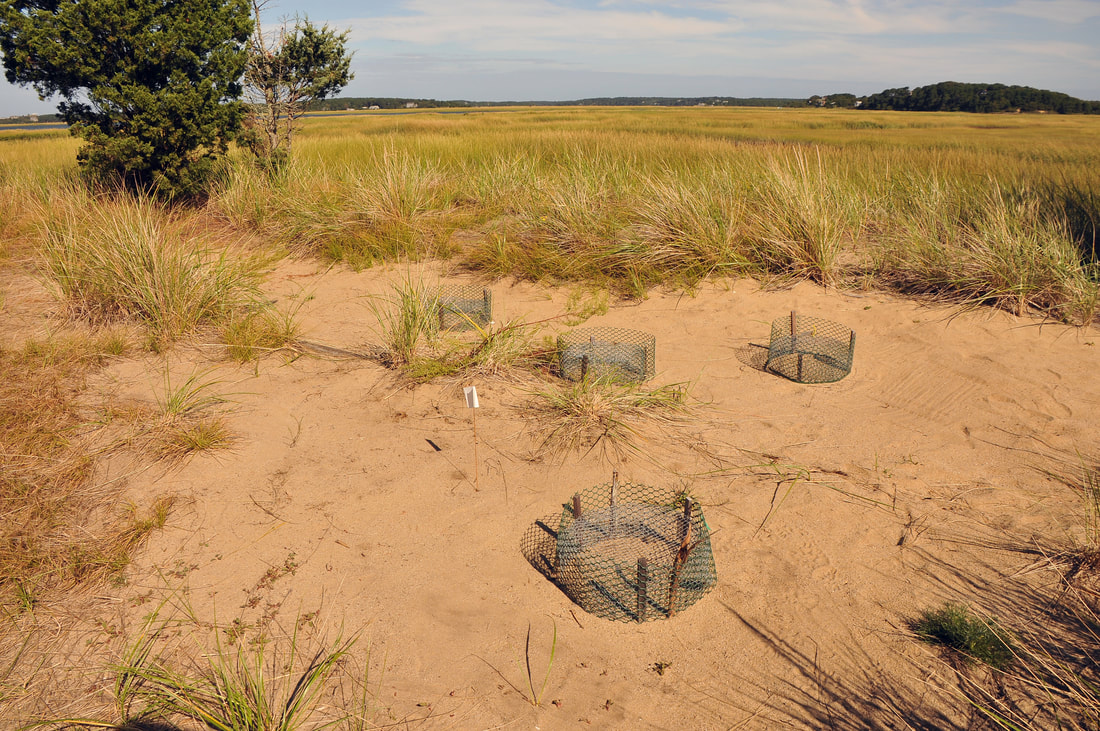
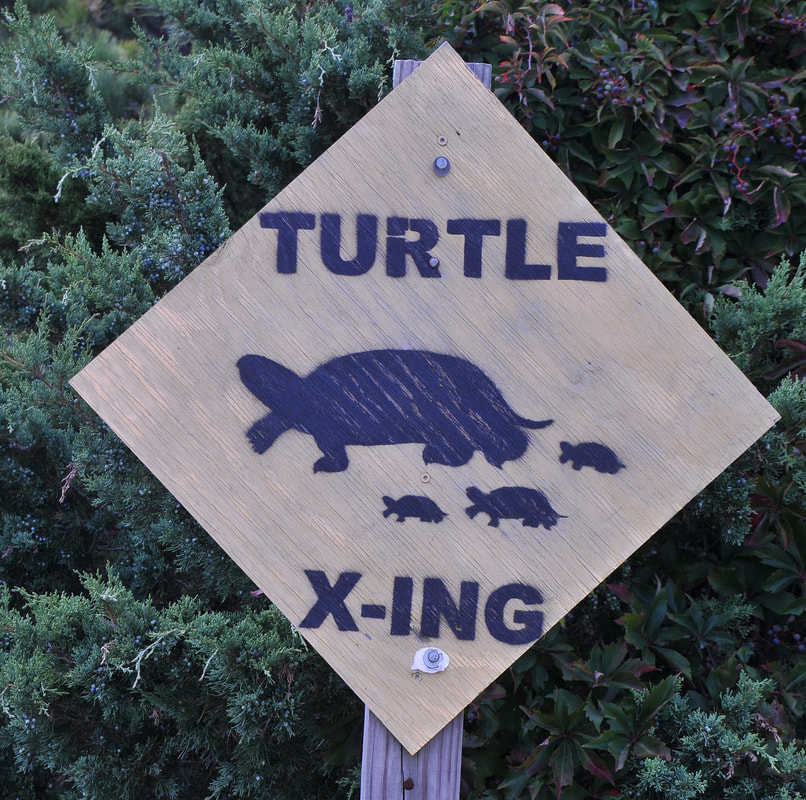
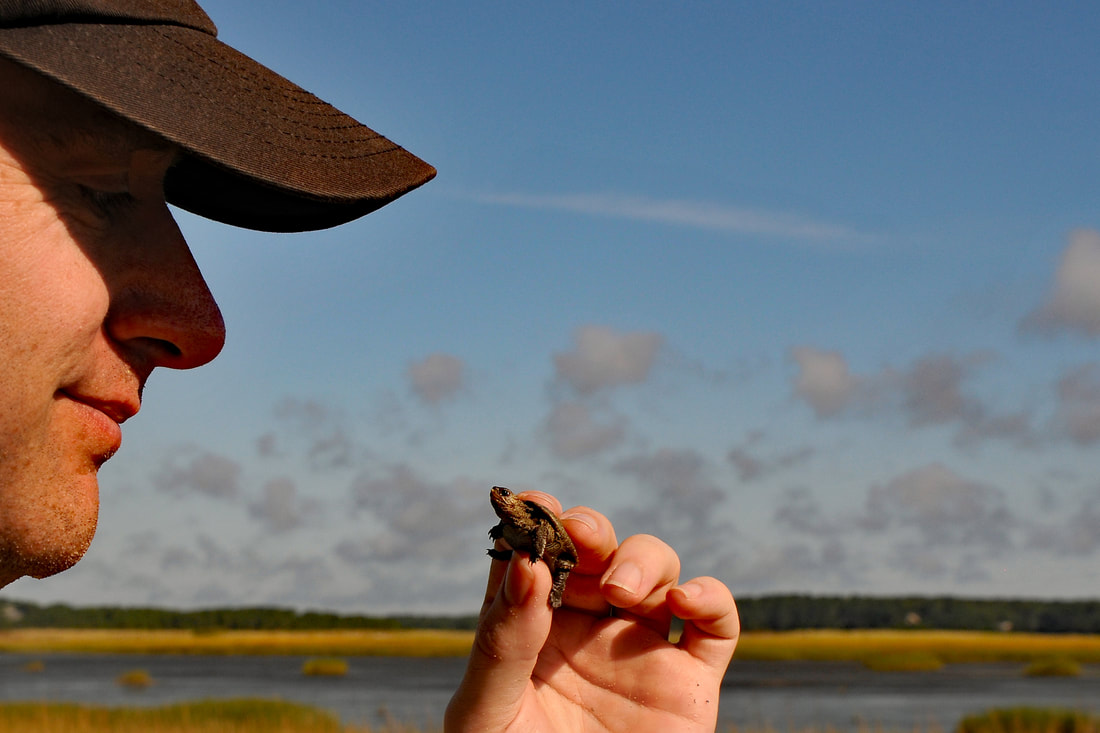
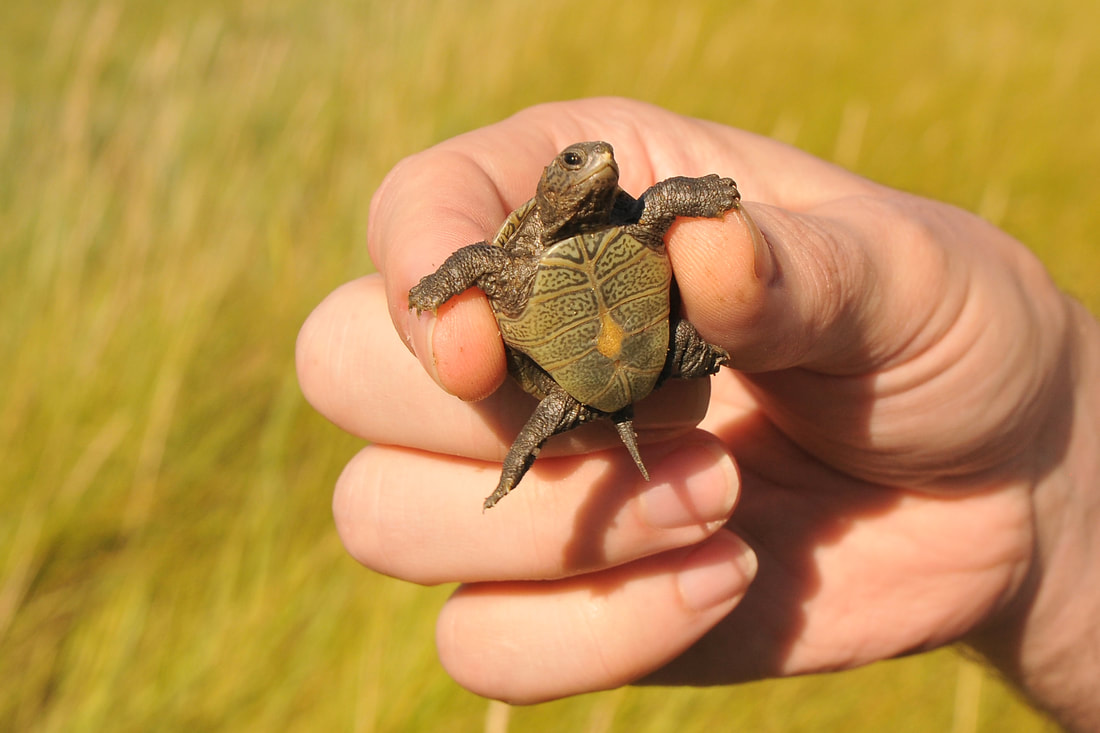
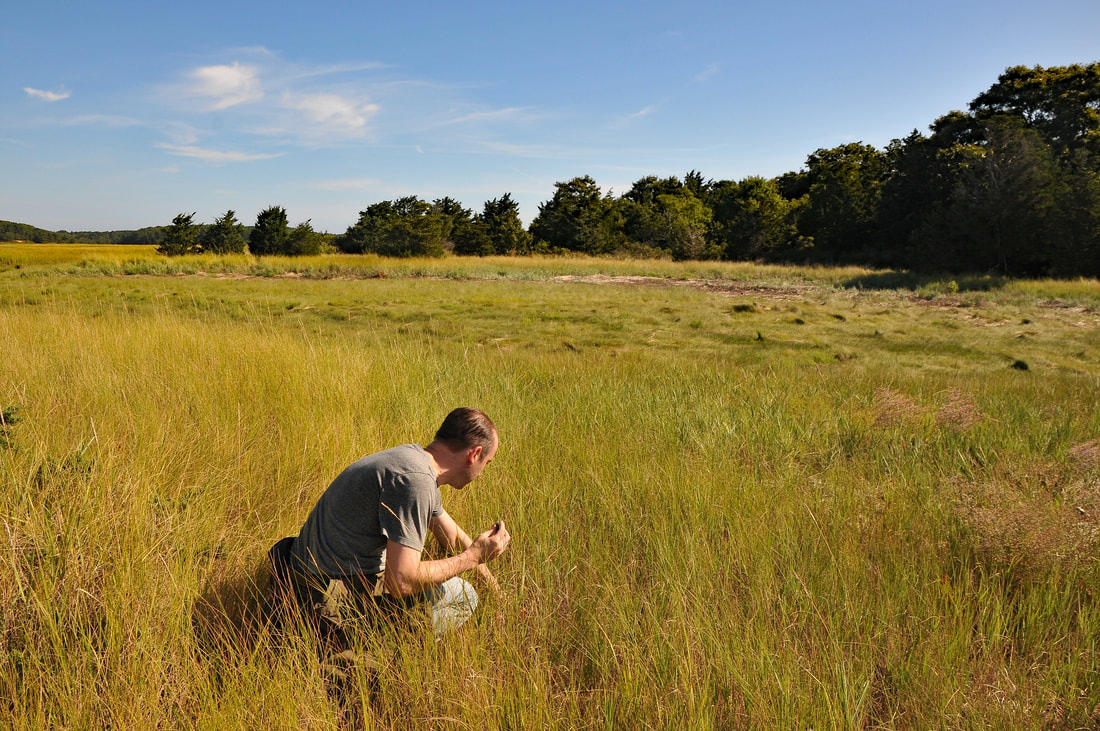
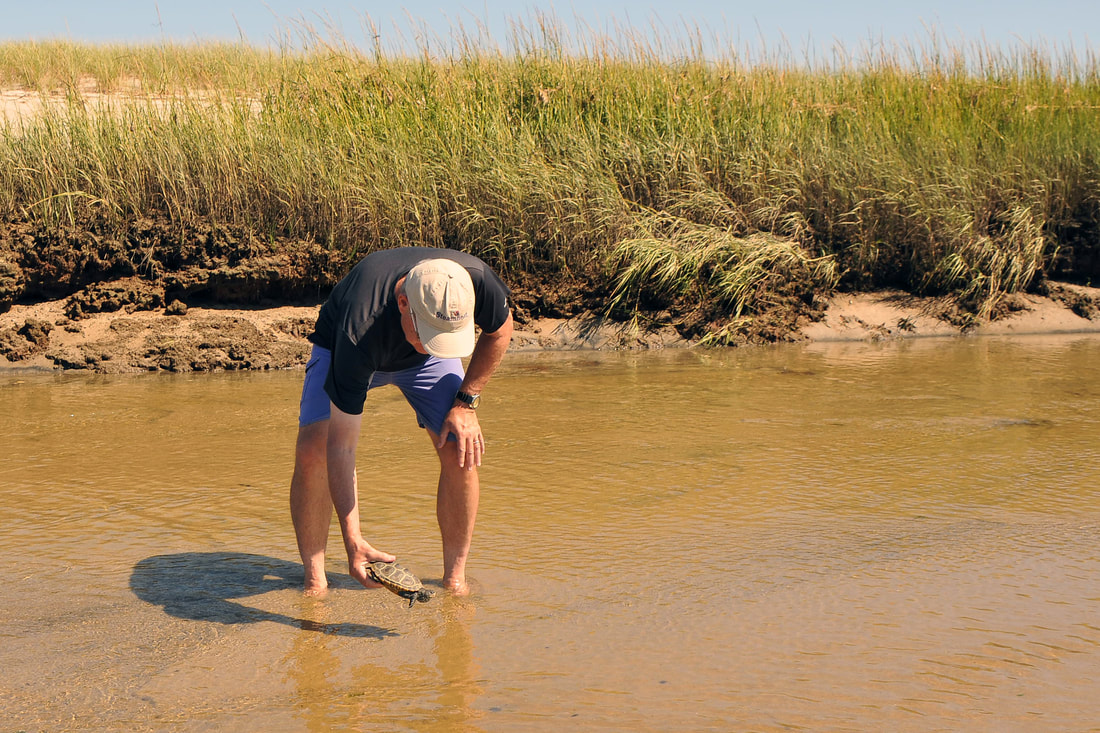
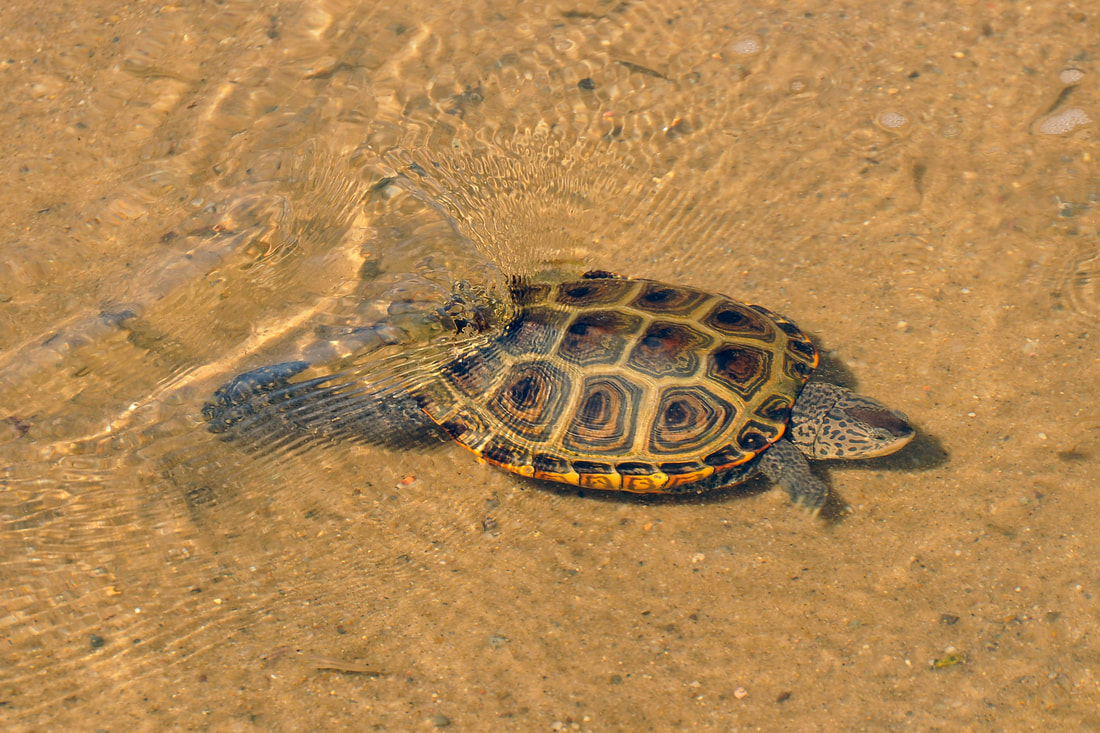
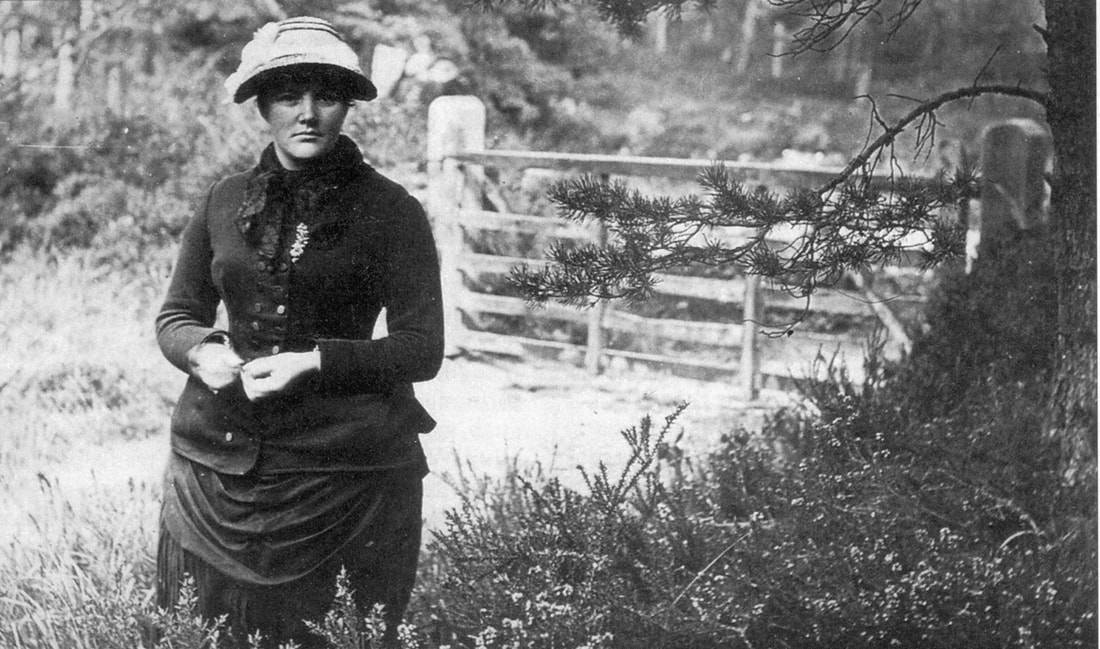
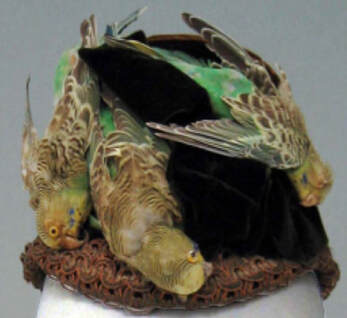


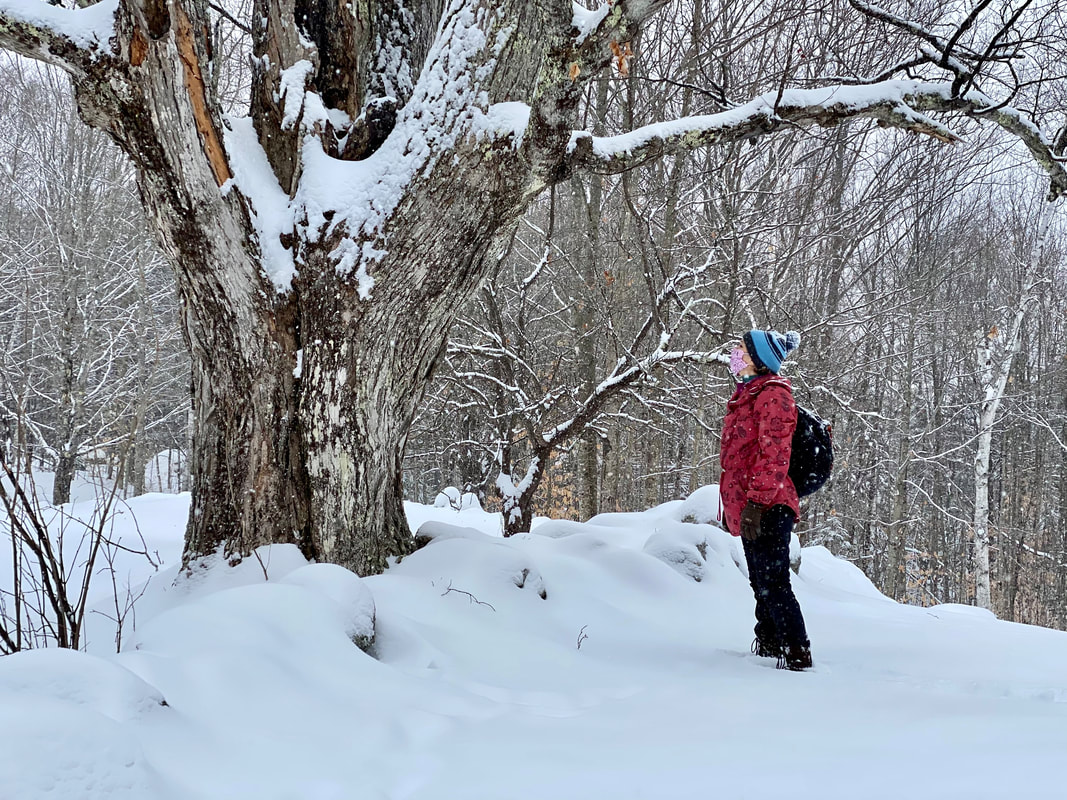
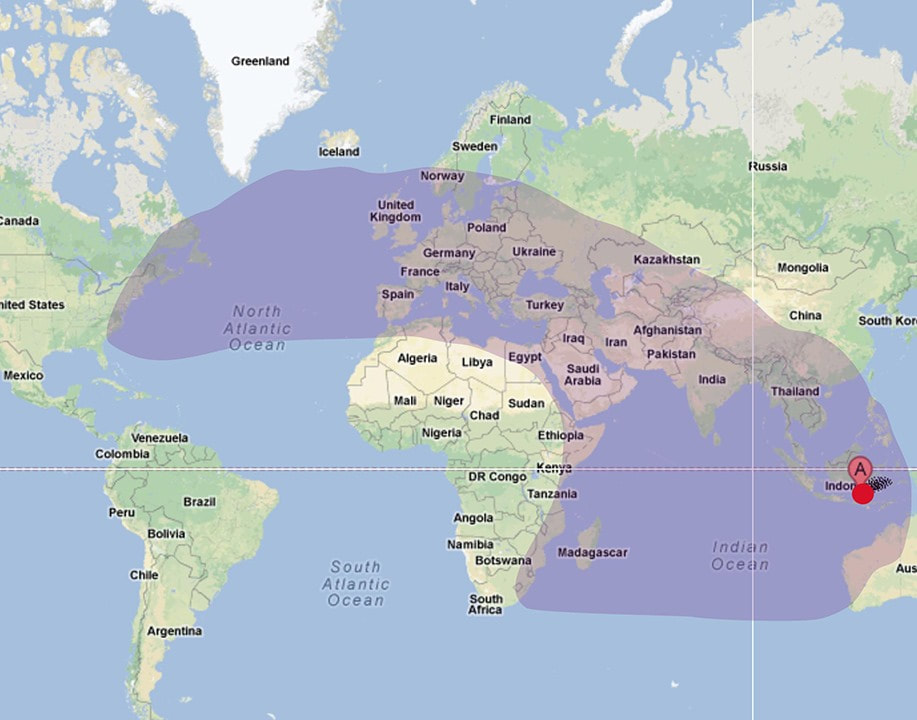
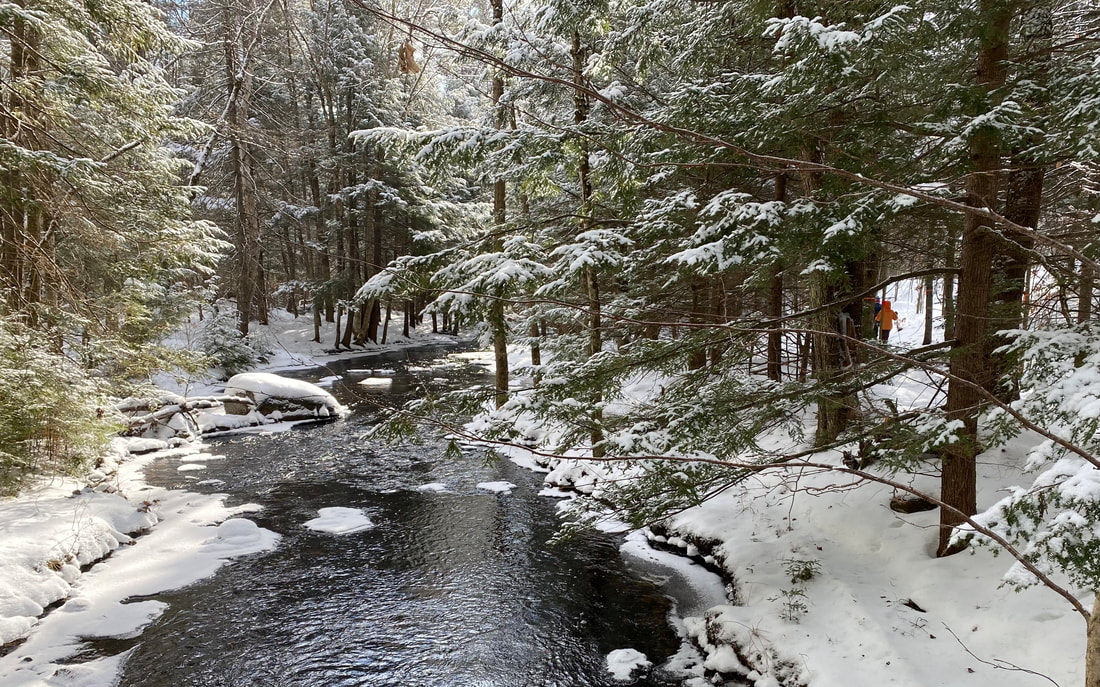
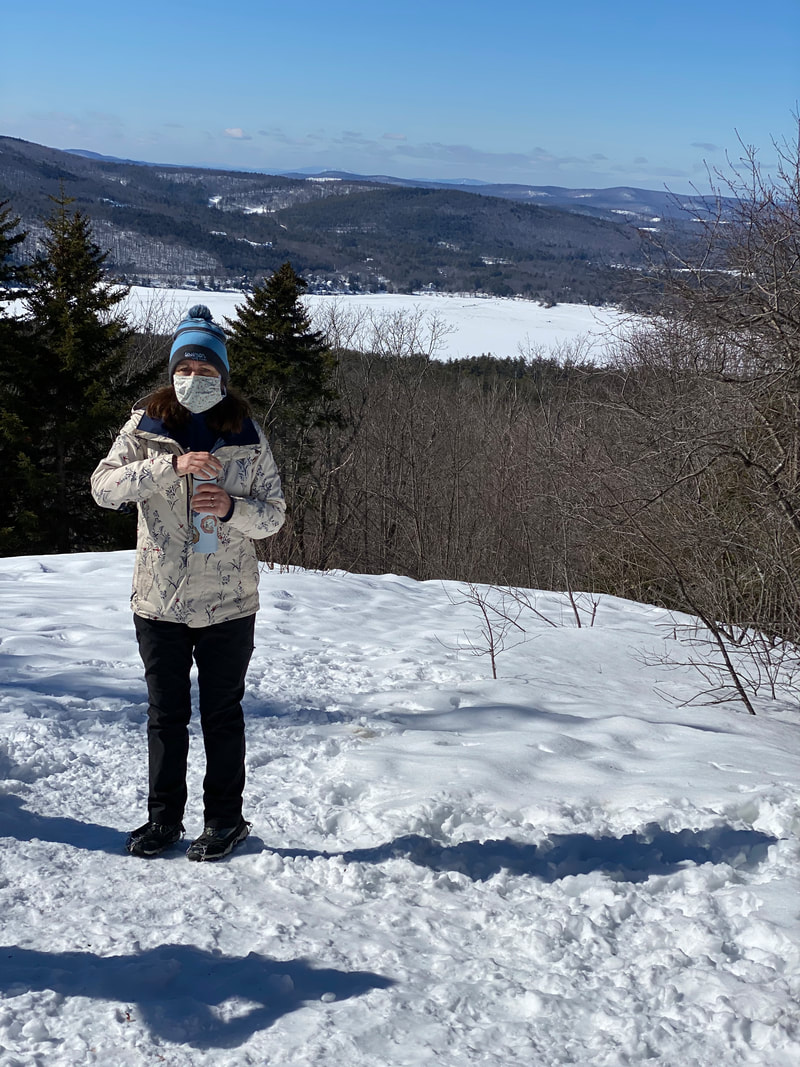
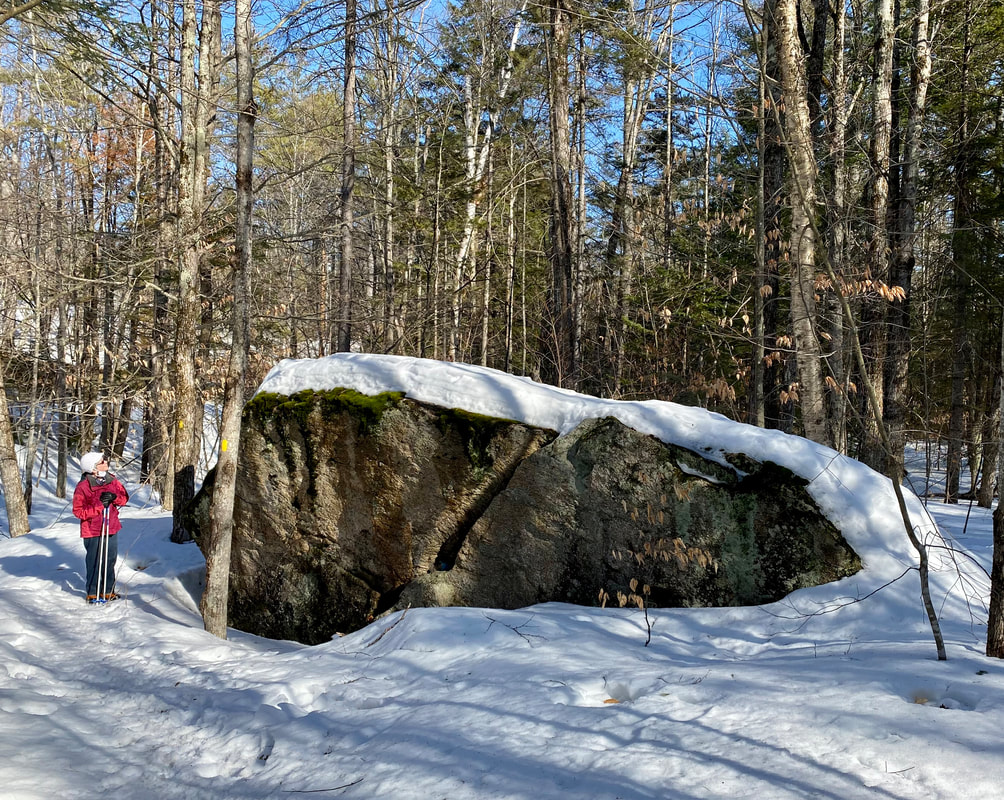
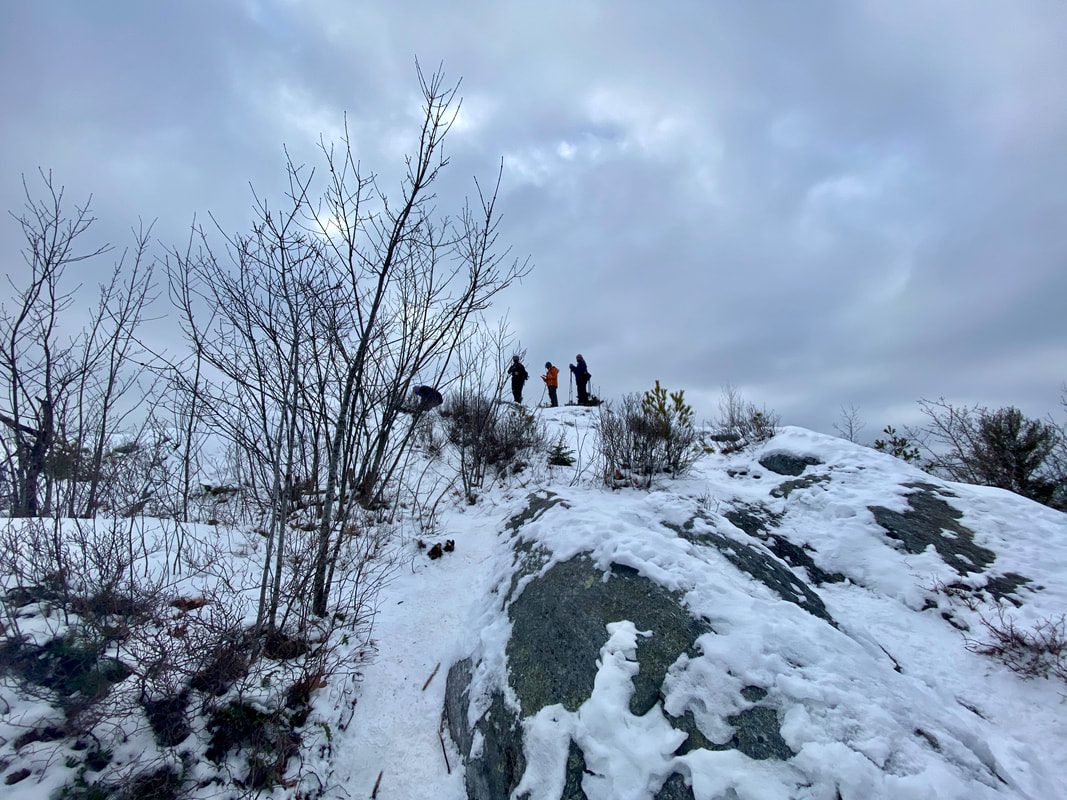
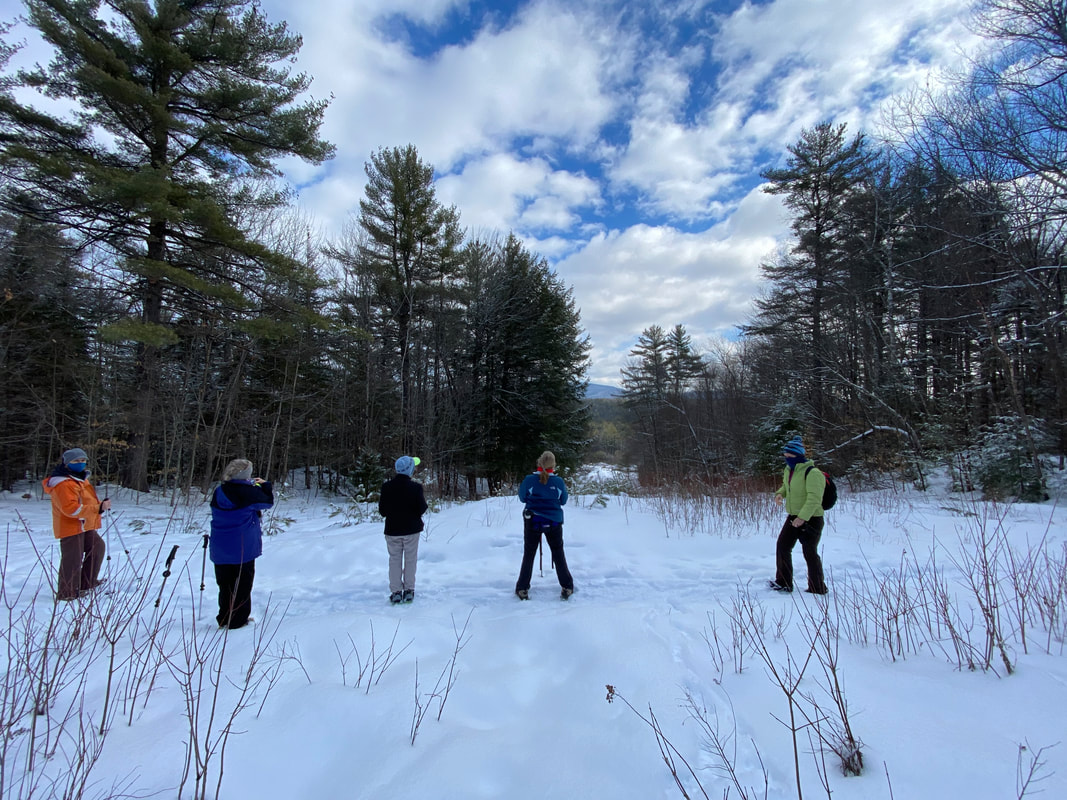
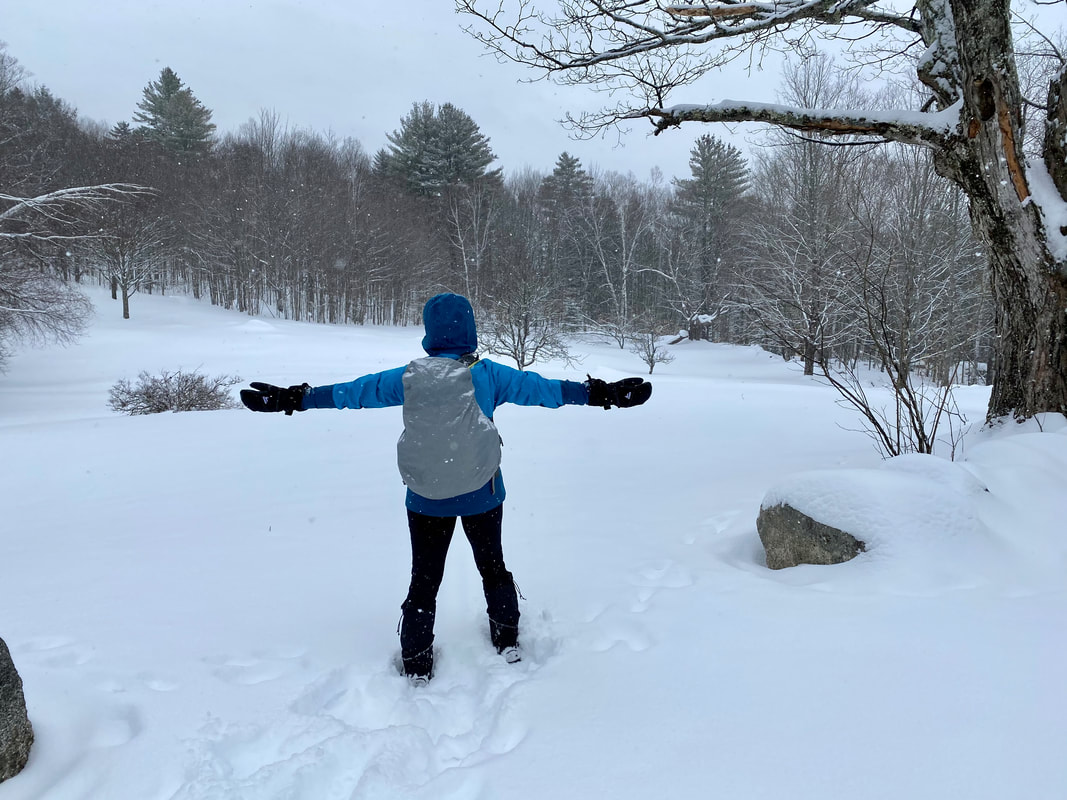
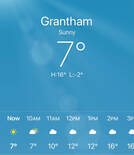
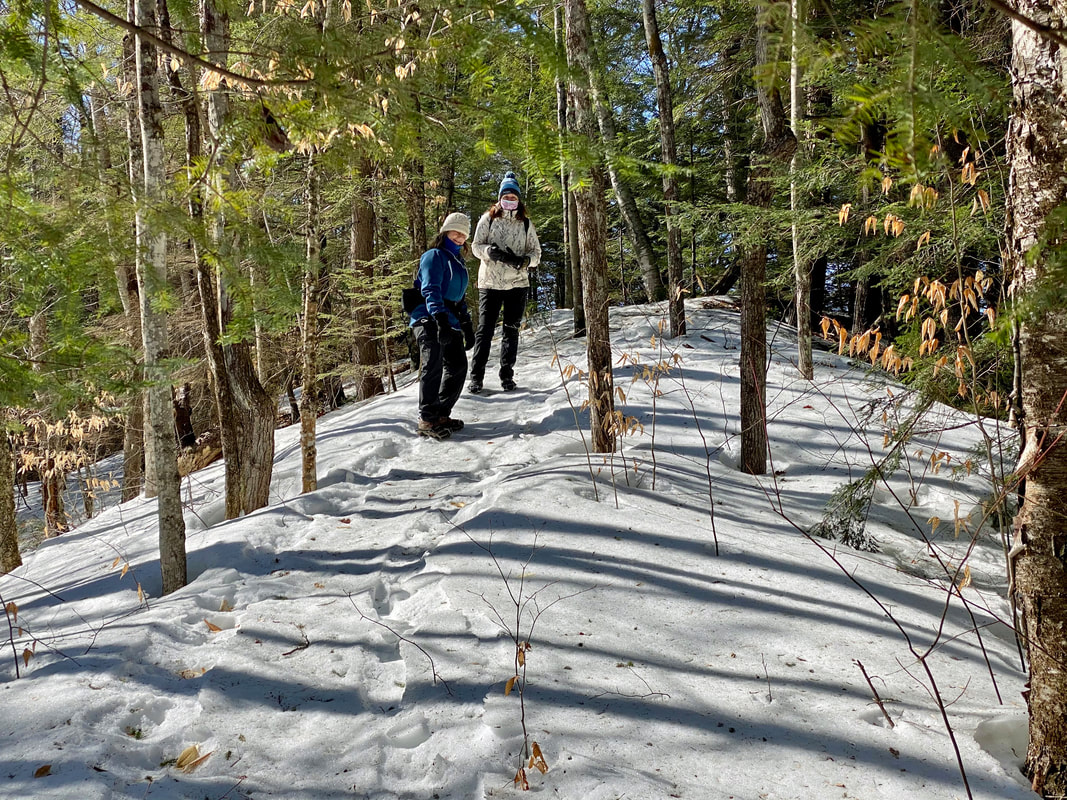
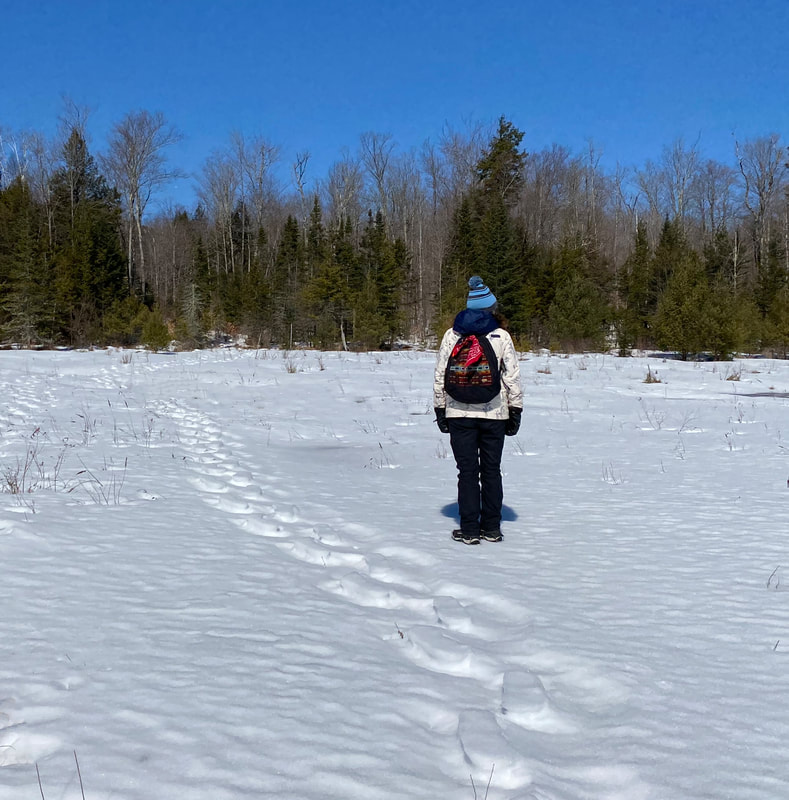

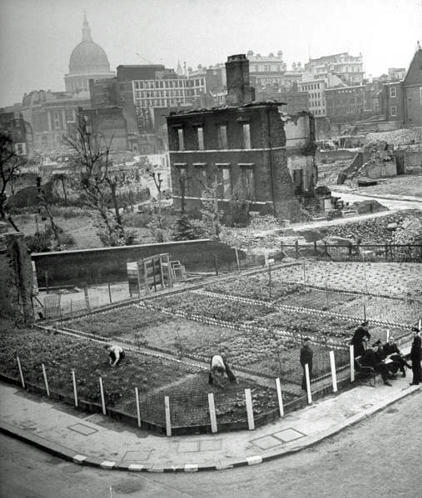
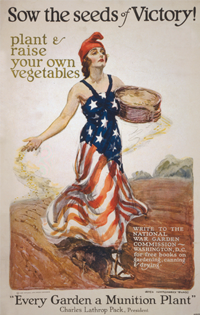
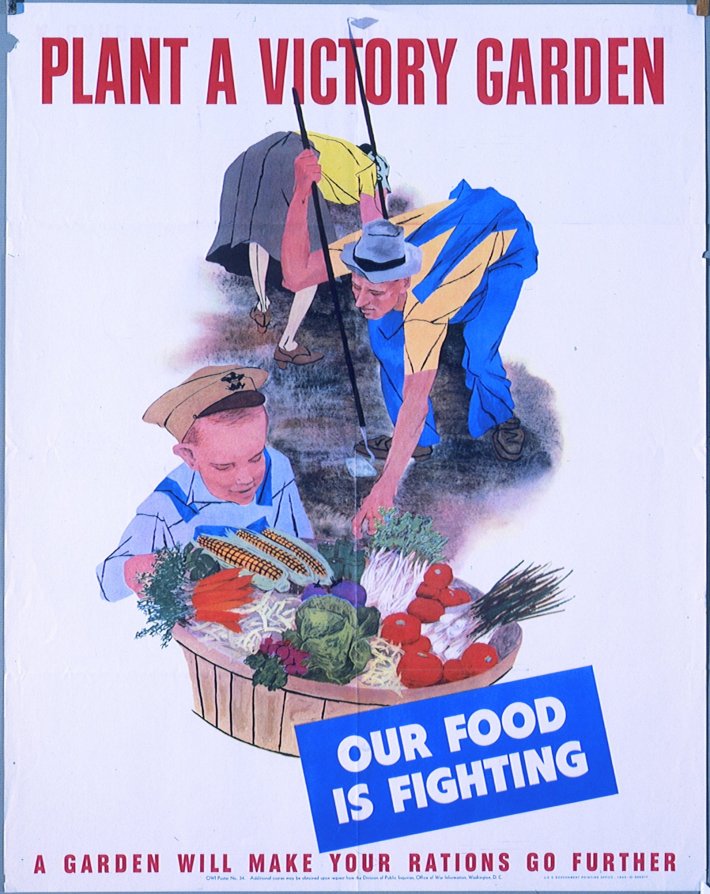

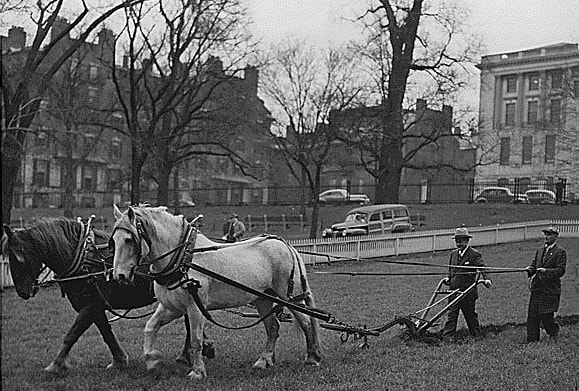
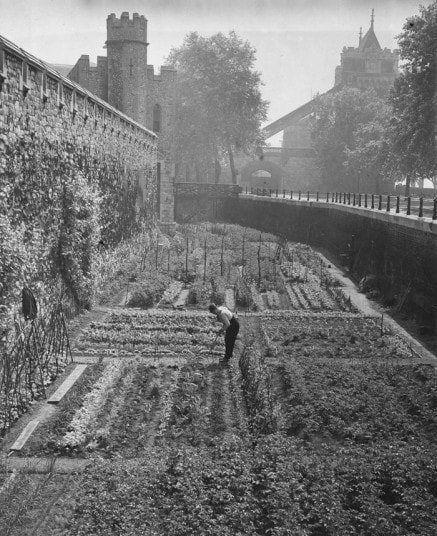
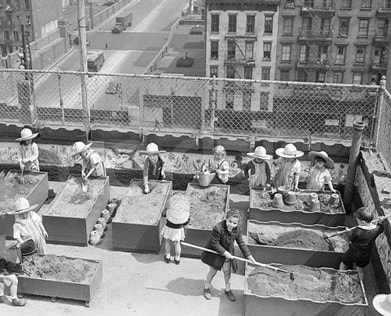
 RSS Feed
RSS Feed